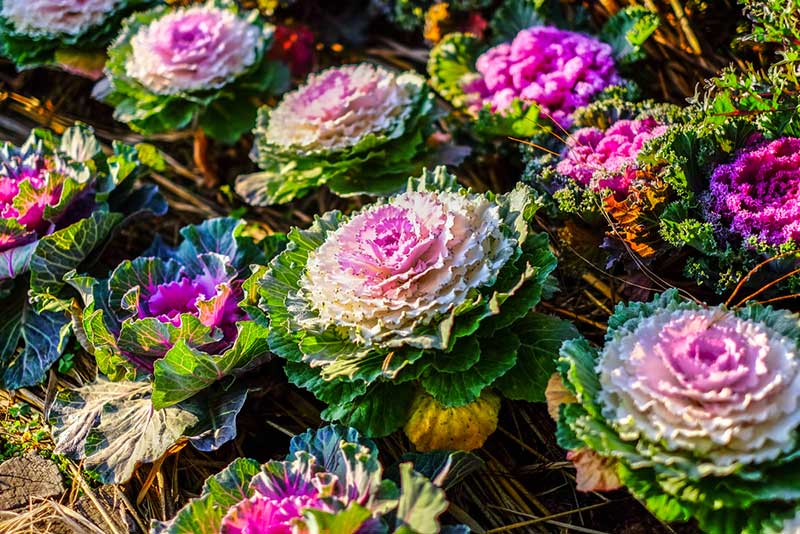
Kale is a green plant that is perfect for smoothies, raw salads, and as a warm, green vegetable.
Recently, I have been loving kale, and I have found myself making kale chips to snack on as well as using it in my meals. Instead of purchasing all of my kale, I decided to grow some of my own this year in my garden, but when I went to purchase some kale to plant, I realized that there were more varieties of the plant than I knew about. In fact, many of the varieties that you will find around the country vary in color and shape.
Let’s take a look at 10 different types of kale that you can plant in your garden.
1. Curly Kale
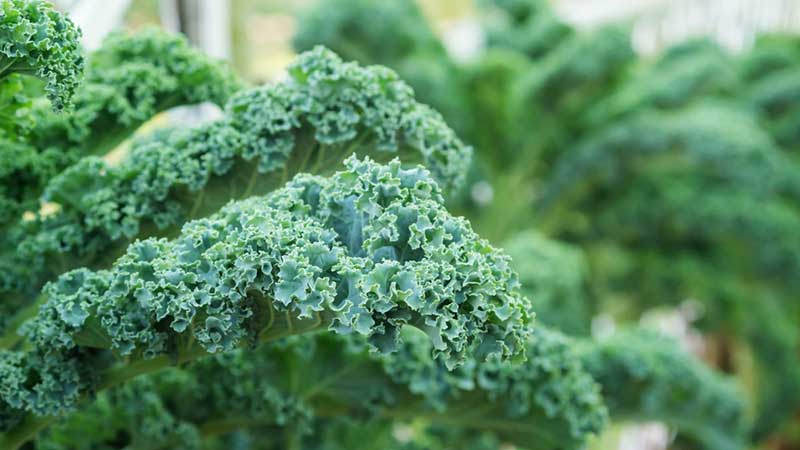
Even if you were not aware that there were different types of kale, curly kale is the kind that you see in the produce section of the grocery store. It is a deep green color with curly-edged leaves that are typically sold in a bunch. This is a plant that can tolerate the cold, especially with full sun; in fact, a bit of frost touching the leaves will even give the kale a sweeter taste.
2. Lacinato Kale
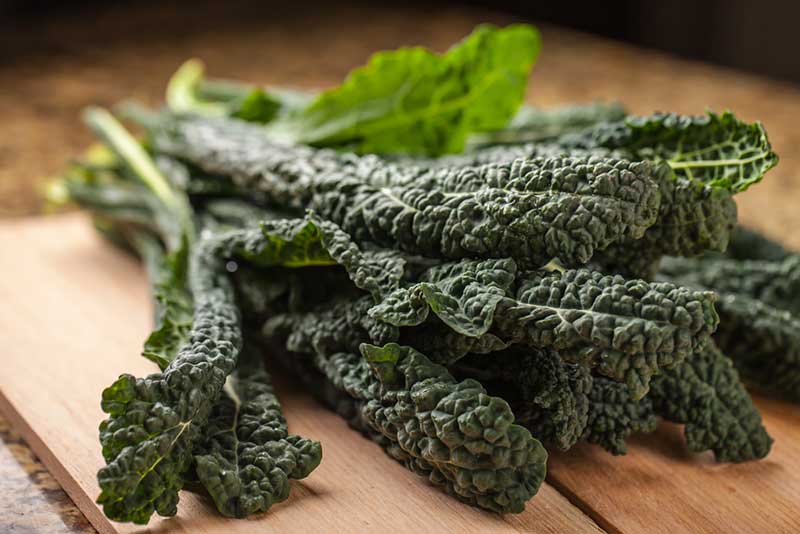
This is an Italian variation of the plant that a similarly dark green leaf, but the curliness that you find in curly kale will not be present. Because the leaf looks a bit on the scaly side, it is often referred to as dinosaur kale. This is a plant that will grow to be two to three feet tall, and with full sun, it will mature in about 45 days.
3. Ornamental Kale

This is a type of kale that is often used for decoration because of the flower-like center of the plant. It can range from a white color to a lighter shade of pink or purple. Though it is a lovely decoration, it is also an edible plant that can add some color to a plate. It’s a plant that can grow in hardiness zones two through 11, and it will grow best with full sun and well-drained soil.
4. Red Russian Kale
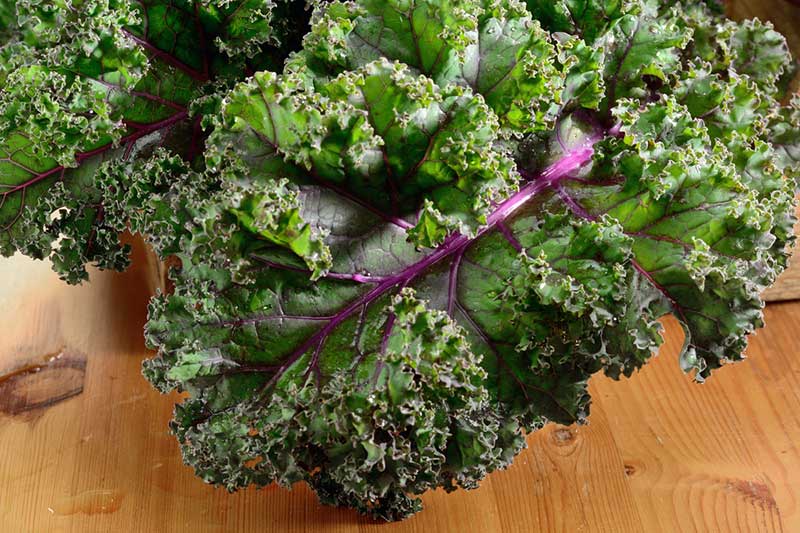
This is a variation of kale that is semi-sweet to the taste, which makes it a great choice to eat raw. It also becomes more of a purplish-red color in cooler temperatures. The plant can grow to be up to 36 inches in height, and it will only take about 60 days to mature. In general, the plant will grow best in full sun, but it’s not required in most hardiness zones.
5. Chinese Kale
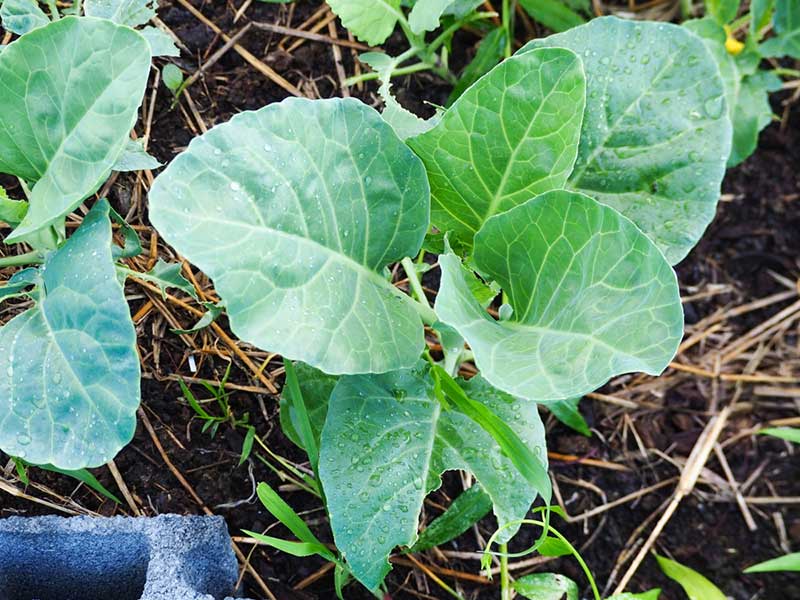
Also known as Chinese broccoli, this is a green that can be used in place of broccoli in nearly any recipe. It is an excellent option for a stir-fry, and it is relatively simple to grow. The leaves, which are shaped like teardrops, have an intense bitter taste, so it is often served with a sweeter sauce to balance the flavor. This plant can grow to be 19 inches tall, and it will do well in almost every hardiness zone.
6. Siberian Kale
This is a type of kale that has very large leaves. It is typically only grown in the southern states, which means it will do best in zones eight, nine, and 10. It can also be grown indoors in other parts of the country. Siberian kale also has a bright yellow flower that will appear on the plant during the spring of the year, but the plant will not survive past the first frost.
7. Redbor Kale
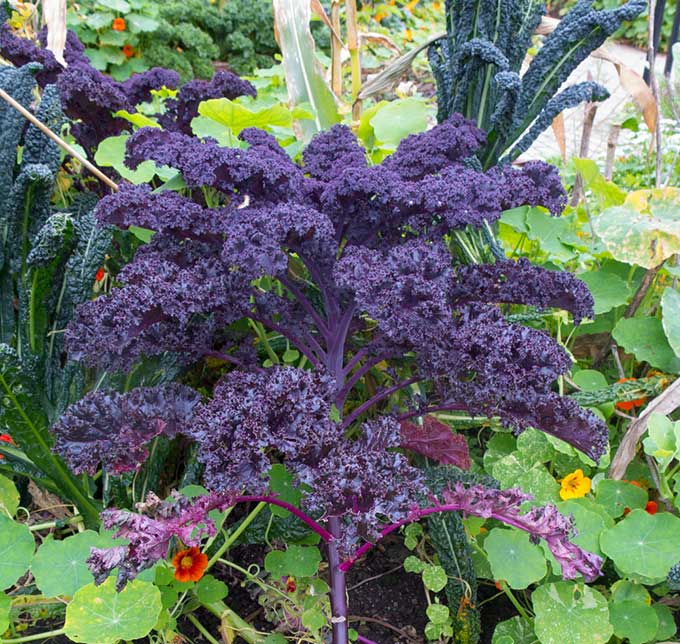
Redbor kale is a variety of the plant that can grow to be up to three feet tall. It has bright purple foliage that can be used as decoration, but it’s also edible as well. It will do best in zones seven, eight, and nine. This plant prefers full to partial shade, and it will produce yellow flowers in the spring of the year.
8. Winter Red Kale
This is a great winter plant that will not have any issues growing in colder conditions. In fact, some prefer the flavor of this kale when it is exposed to frost. The leaves are green, and the stem of the plant is a bright red. This is a plant that tends to do well in hardiness zones three through 11. Typically, with full sun, the plant will mature in 50 to 80 days.
9. Walking Stick Kale
Amazingly, this is a variation of kale that can grow to be up to six feet tall. It is called walking stick kale because the stem of the plant is often dried out and used as a cane or a walking stick. It can be found growing in zones two through 11, and it is a plant that does not require much care, though it will not do well in acidic soil.
10. Scarlett Kale
If you are looking for a colorful variation of kale, this type is kissed with a dark purple color, and the leaves are quite curly. Because of this curl, the leaves have an irregular texture that may be best eaten raw. It will do well in almost every hardiness zone, especially with full sun and neutral soil. Make sure to provide the plant with adequate water to avoid bitterness in the leaves.




